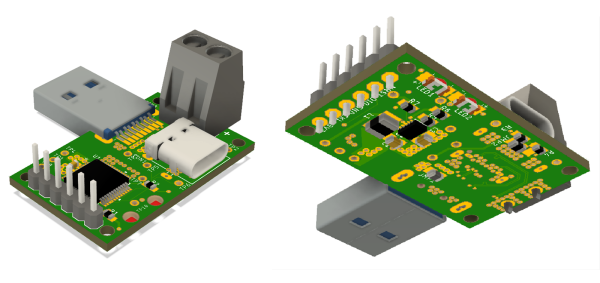The hurdy gurdy is the perfect musical instrument. It’s an instrument with a crank, and a mechanical wonderment of drone strings and weird chromatic keyboards. No other musical instrument combines the sweet drone of bagpipes with the aural experience of an eight-year-old attempting to play Hot Cross Buns on a poorly tuned violin.
Now, the hurdy gurdy is going digital. The Digi-Gurdy is [XenonJohn]’s entry into this year’s Hackaday Prize, and it’s exactly what it says on the tin: it’s a musical instrument that drones on and on, with keys plunking out a melody.
If you’re not familiar with a hurdy gurdy, this video is a varily good introduction. It’s a box with somewhere between four and six strings mounted on the outside. The strings vibrate by means of a wooden wheel powered by a crank. There’s a keyboard of sorts along the body of the instrument that ‘fret’ a single string providing the melody; all the other strings are drone strings that sound continuously. I think it was in, like, a Led Zeppelin video, man.
While it’s a slightly complicated build to make an analog hurdy gurdy, delving into the digital domain is easy: [XenonJohn] is building a hurdy gurdy that simply outputs MIDI commands with some buttons and a Teensy 3.6 microcontroller. The parts are 3D printed, and since this hurdy gurdy is completely digital, you can change the tuning of the drone strings without actually tuning them. Awesome.




















